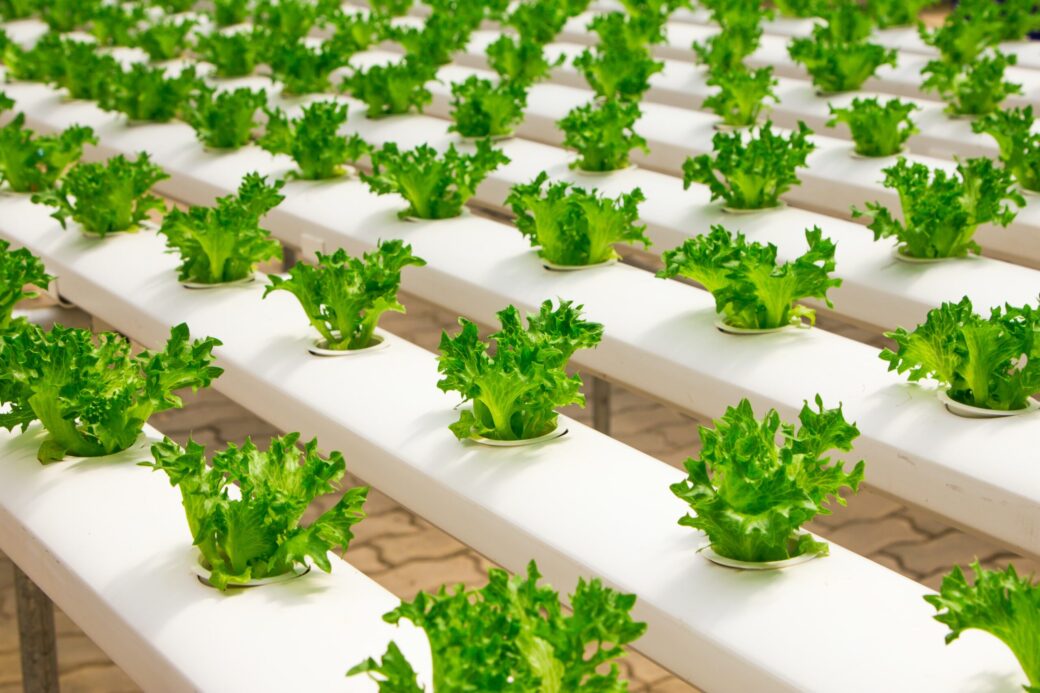The False Claims Act, enacted in 1863, is intended to safeguard honesty and fair dealing with federal governmental programs.[1] Given that private crop insurers sell and service multi-peril crop insurance policies that are reinsured by the federal government,[2] the federal crop insurance program comes within the scope and ambit of the False Claims Act as well. Under the False Claims Act, liability can be imposed upon any person “who knowingly presents, or causes to be presented, a false or fraudulent claim for payment or approval.”[3] The False Claims Act statute provides a provision for relators to file qui tam lawsuits on behalf of the United States government to recover damages in cases in which materially false or fraudulent claims were paid by the United States government.[4]
The case of United States ex. rel. Kraemer v. United Dairies, L.L.P. presented a qui tam relator filing a False Claims Act claim against a dairy farm, its partners and agents after payment of a federal crop insurance claim.[5] The claim involved the “coarse grain” insurance provisions.[6] While corn may be planted for use as either grain or silage, the insurance coverage for grain differs for both.[7] The Risk Management Agency’s Crop Insurance Handbook requires insured to “report insurable acreage by unit and by type (grain or silage) according to the intended method of harvest; however, a variety of corn adapted for use as silage only is not insurable as grain and must be insured as silage.”[8] The dairy farm in the case insured all of the brown mid rib corn[9] it planted as grain, although it harvested a substantial percentage of the grain as silage.[10] The decision to insure the brown mid rib corn as grain was completed on the advice of the dairy farm’s insurance agents.[11]
The United States District Court for the District of Minnesota held that although the dairy farm submitted materially false claims, the relator failed to prove the “knowledge” element required for False Claims Act claims.[12]
On appeal. the United States Court of Appeals for the Eighth Circuit focused heavily on the relator’s argument that the dairy farm fraudulent submitted false Acreage Reporting Forms with their crop insurance applications in order to obtain crop insurance proceeds.[13] The definition of a “claim” under the False Claims Act is “any request or demand … for money or property.”[14] The Eighth Circuit Court of Appeals in Kraemer observed that an insurance application is not the same thing as a claim under the False Claims Act.[15] In addition, the Eighth Circuit Court of Appeals noted that although the dairy farm insured the corn crop as grain when some or all of the crop is intended to be harvested as silage, this purported misrepresentation was not “material” for purposes of the False Claims Act since no insurance claim form was presented into evidence for the trial court.[16] As the court noted, “If an insurance claim was filed, the appraisal became part of a thorough audit by the AIP. Each Defendant passed every audit and the claim was paid.”[17]
The Kraemer case is thus an excellent illustration of the interaction between the federal crop insurance program and the False Claims Act, especially the limitations of the False Claims Act in crop insurance cases.
Nothing in this article is intended to create an attorney-client relationship and does not constitute legal advice.
[1] See The False Claims Act, U.S. Department of Justice (Apr. 4, 2023), available at: https://www.justice.gov/civil/false-claims-act
[2] See About the Risk Management Agency, United States Department of Agriculture Risk Management Agency (2023), available at: https://www.rma.usda.gov/About-RMA/
[3] See 31 U.S.C. § 3729(a)(1)(A) (2023).
[4] See 31 U.S.C. § 3730(b) (2023).
[5] See United States ex. rel. Kraemer v. United Dairies, L.L.P., 82 F.4th 595 (8th Cir. 2023)
[6] See United States ex. rel. Kraemer v. United Dairies, L.L.P., 82 F.4th at 599; see also 7 C.F.R. § 457.113 (2023).
[7] See United States ex. rel. Kraemer v. United Dairies, L.L.P., 82 F.4th at 599.
[8] Id.
[9] Id. Brown mid rib corn (“BMR”) is “a seed variety developed and marketed as highly digestible when chopped as silage, which significantly increases the milk output of dairy cows. However, BMR also produces quality grain yields, so BMR can be combined for grain if it is not chopped for silage.”
[10] Id.
[11] Id.
[12] See United States ex. rel. Kraemer v. United Dairies, L.L.P., Civ. No. 16-3092, 2022 WL 959771 at *2 (D. Minn. Mar. 30, 2022).
[13] See United States ex. rel. Kraemer v. United Dairies, L.L.P., 82 F.4th at 602.
[14] See 31 U.S.C. § 3729(b)(2)(A) (2023).
[15] Id. at 603.
[16] Id. at 604.
[17] Id.
Marzan, Chad, and Paul Georinger. “Federal Crop Insurance and the False Claims Act.” Southern Ag Today 3(52.5). December 29, 2023. Permalink
Photo by Sora Shimazaki: https://www.pexels.com/photo/close-up-photo-of-wooden-gavel-5668473/


